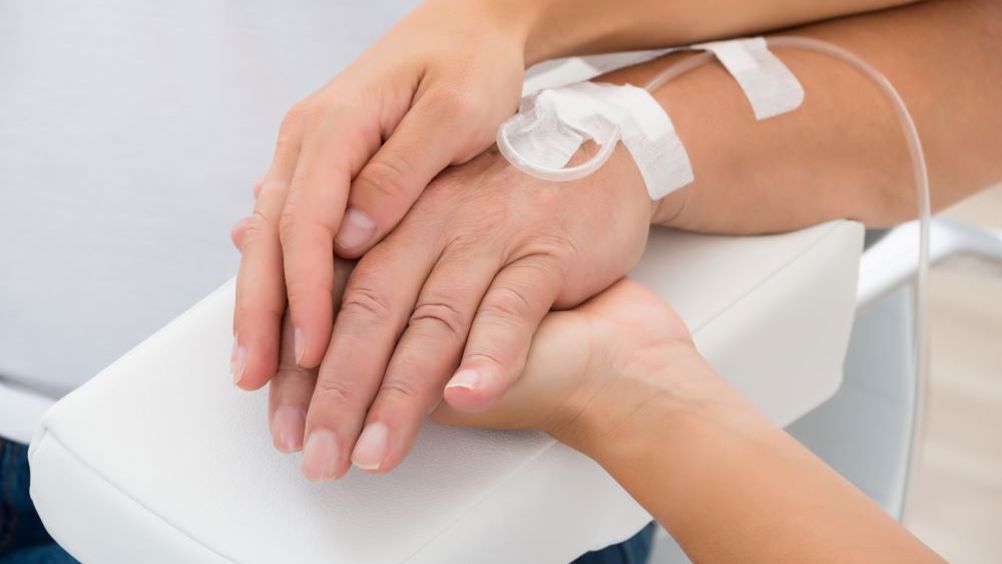References
Living with chemotherapy-induced peripheral neuropathy: a nested qualitative study

Abstract
Background:
Chemotherapy-induced peripheral neuropathy (CIPN) is a dose-limiting side-effect for patients undergoing a variety of chemotherapy regimens. These effects can have a detrimental impact on patients' quality of life and ability to perform everyday tasks.
Objective:
This study aimed to explore the experience of living with CIPN prior to and while participating in a randomised study of acupuncture versus a control wait group.
Design:
The study was nested within a randomised trial (n=120) with participants randomised to acupuncture or to control (wait list for acupuncture).
Method:
Participants (n=23) volunteered to be interviewed either by telephone (n=20) or face to face (n=3). The audiotapes produced were transcribed verbatim and analysed using a thematic approach.
Results:
Four themes developed; these included daily life with CIPN, signs and symptoms, interacting with others and management of CIPN. Patients reported compromised dexterity and ability to safely carry out activities. They were often reliant on help and sought out information from others living with the condition. There were also concerns about the lack of effectiveness and the side-effects of medication prescribed.
Conclusion:
Participants were self-selecting volunteers across different cancer groups, but the information gathered could influence future study designs and increase understanding of the impact of CIPN on patients' lives.
The purpose of this study was to gather and analyse the experiences of people living with chemotherapy-induced peripheral neuropathy (CIPN). ‘Nested’ enquiry volunteers were recruited from participants in a randomised study (n=120), some of whom had received acupuncture and others had been in the control allocation (Wardley et al, 2020; Stringer et al, 2022). All control participants were offered a course of acupuncture after their time in the randomised trial.
CIPN has been described as a debilitating neuropathic disorder triggered by neurotoxic chemotherapy agents such as vinca alkaloids, taxanes and bortezomib (Tzatha and DeAngelis, 2016; Girach et al, 2019). The prevalence of CIPN varies depending on the agent received, with reported rates of between 20% and 80% during treatment (Argyriou et al, 2021). CIPN is a significant, dose-limiting side-effect of cancer treatment, which on an individual level can be difficult to manage and which impacts on quality of life; symptoms can persist even when treatment has finished (Bonhof et al, 2021). Patients typically report clusters of symptoms including numbness, paraesthesia, gait dysfunction and disturbances to activities of daily life (Oh et al, 2020; Mizrahi et al, 2023). Drugs prescribed for CIPN include tricyclic antidepressants (eg amitriptyline), anticonvulsants (eg gabapentin) and opioids. However, effectiveness is limited, and these medications are not without their own side-effects, such as drowsiness and constipation.
Register now to continue reading
Thank you for visiting British Journal of Nursing and reading some of our peer-reviewed resources for nurses. To read more, please register today. You’ll enjoy the following great benefits:
What's included
-
Limited access to clinical or professional articles
-
Unlimited access to the latest news, blogs and video content

